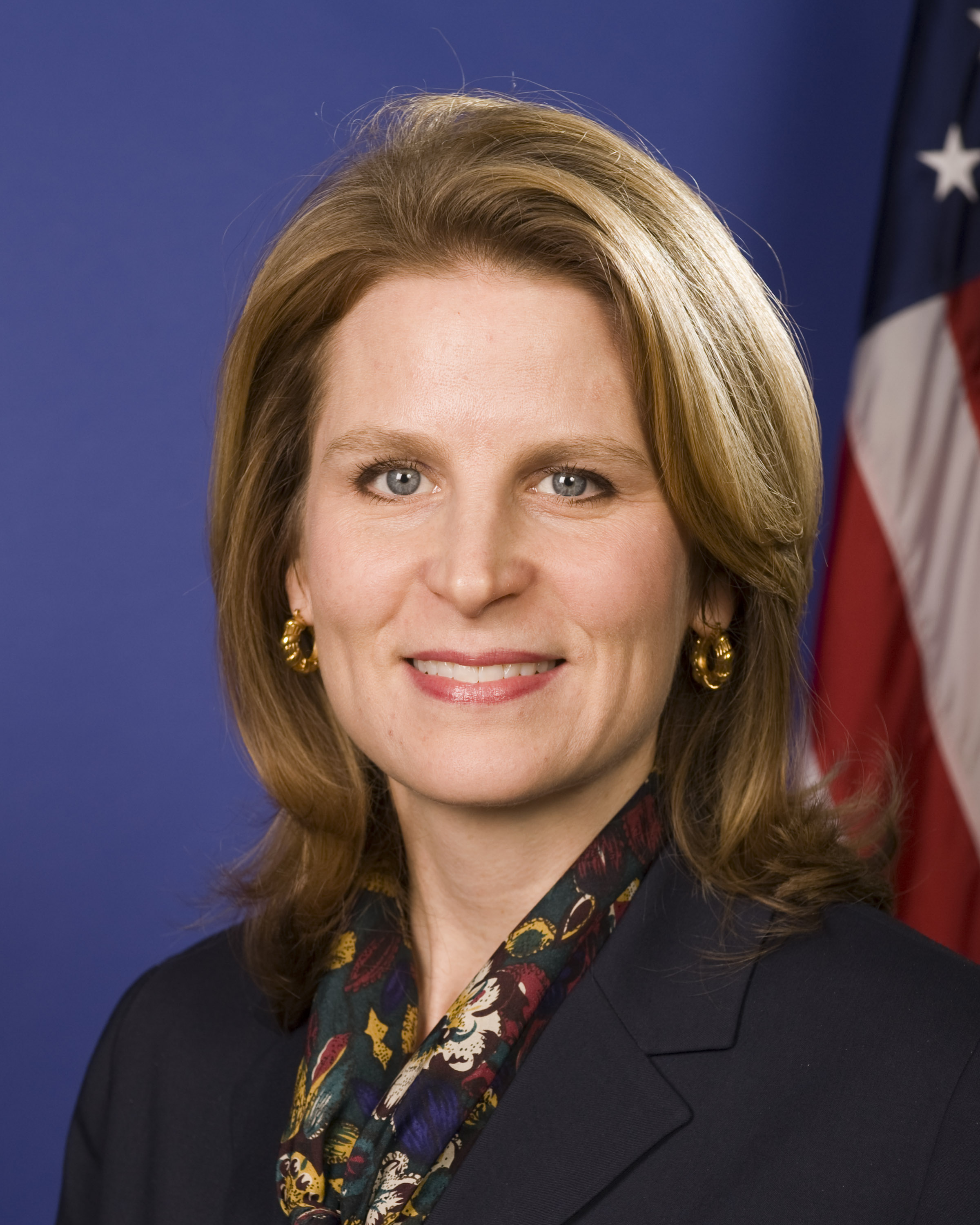
Washington (PAI) – Getting equal pay for the same work men perform is the top economic priority working women are poised to fight for, according to a new AFL-CIO survey released last week on Capitol Hill.
AFL-CIO Secretary-Treasurer Liz Shuler told a press conference March 17 the nation’s working women are going to push “Equal Pay and an Equal Say” right to the top of the nation’s election agenda. And, building on the survey results, the AFL-CIO is going to lead the way.
Equal pay, replacing the current 79 cents that an average working woman earns for every dollar that a man in the same job earns, topped the survey responses, Shuler said.
And the equal say – having a voice on the job, definite scheduling rather than being jerked around, and improved work-life balance – is up among working women’s top causes, too, she added.
“This is the moment to be talking about working women,” Shuler declared. “We’re going to be taking this message loud and clear to the campaign.”
See related story: Sign the petition for equal pay for women in Missouri
SURVEY RESULTS
Nearly 25,000 working women, two-thirds of them union members, participated in the National Survey Of Working Women. Key findings included:
- 46 percent listed equal pay for equal work as their top cause, out of 21 choices. That cut across all demographics, including unionists – even though unionized working women make 89 cents-90 cents for every dollar the equivalent union working man makes.
- Low pay is also a big problem. One of every 14 union women and one of every six non-union women earn under $25,000 yearly, and one-quarter of each group earn $25,000-$50,000. Some 28 percent of working women called low pay a barrier to economic security.
Though Shuler did not say so, 88 percent of survey respondents toil in what are traditionally viewed as lesser-status, lower-paying “women’s occupations,” such as teaching, administrative and office work, health care, social services and retail. - Working women are in a time crunch. One-third “faced unpredictable hours,” and 23 percent were forced to work mandatory overtime. One quarter reported “lack of control over their work schedules, while 18 percent could not work enough hours to give themselves financial security. And 19 percent work more than one job.
The job problems, plus work inside the home on caregiving (25 percent spending 30-plus hours weekly) and child care (44 percent) led to the time crunch. Half the working women said they spent less than four hours a week on their own interests. “That’s 35 minutes a day,” Shuler commented. - Benefits are erratic, and in child care, non-existent. Pensions showed the biggest gap: 67 percent of union woman workers have them, but only 18 percent of non-union women do. Thirty percent of union women have paid family and medical leave, compared to 22 percent of non-union women. Two-thirds of union women and 52 percent of non-union women have paid sick leave. Twenty-one percent of union women have domestic partner benefits, compared to 17 percent of non-unionists. Only 2 percent of each group has employer-provided child care or subsidies. “That’s something unions should argue for” in bargaining, Shuler said.
Almost three-fourths of union women have employer-sponsored health insurance, compared to 57 percent of the non-union women.
*Content continues below advertisement.
Shuler will take the equal-pay-equal-say show on the road with weeks of visits to key cities in union-heavy and key swing states starting in late April. She’ll also meet with union activists to brainstorm ways to push the cause to the top of the political agenda.
“We’ll use our networks of state federations and central labor councils” for the equal-pay-equal-say crusade, Shuler explained. “They’ll be mobilizing, educating and agitating, and they’ll be activists. They won’t just be populating phone banks” for politics, she declared. “They’ll be leading the phone banks” and talking up the cause.
 And they’ll also make the point that the best way to equal pay is the union contract, since union women are almost on a par with union men in per capita median pay – and far ahead of both non-union women and non-union men, federal data show.
And they’ll also make the point that the best way to equal pay is the union contract, since union women are almost on a par with union men in per capita median pay – and far ahead of both non-union women and non-union men, federal data show.
To some extent, equal pay is already headed towards the top of the agenda. Shuler and other speakers at the press conference noted that local activists – such as UFCW local board member and Macy’s shop steward Beverly Mitchell – are raising it on the job and in bargaining. And two UFCW staffers reported congressional candidates in D.C.’s Maryland suburbs already feature pledges to push equal pay at the top of their campaign literature.
“As a single mom, it’s hard for me to balance everything,” Mitchell said, before pointing out yet another advantage of unions to working women: UFCW’s contract with Macy’s requires the firm to give its workers their schedule three weeks in advance, letting them plan – and also to request time off. Mitchell put in a request so she could attend the press conference.
“I also have four weeks of vacation and I don’t have to worry that my 16-year-old daughter will have to take care of me when I get old, because I have a pension,” thanks to the union contract, Mitchell added. “We’re putting these words into action.”
‘SAME JOB, SAME PAY’
The drive is drawing support from Congressional Democrats.
Rep. Bobby Scott (D-VA) top Democrat on the House committee dealing with workers’ issues, said the women’s equal pay agenda is part of the Democratic workers agenda.
And Rep. Rosa DeLauro (D-CT) Congress’ veteran champion of equal pay, paid family leave and woman workers, reminded listeners that woman workers and families “have been struggling for 30 years.” She added: “It’s a simple theme: ‘Same job, same pay.’”


